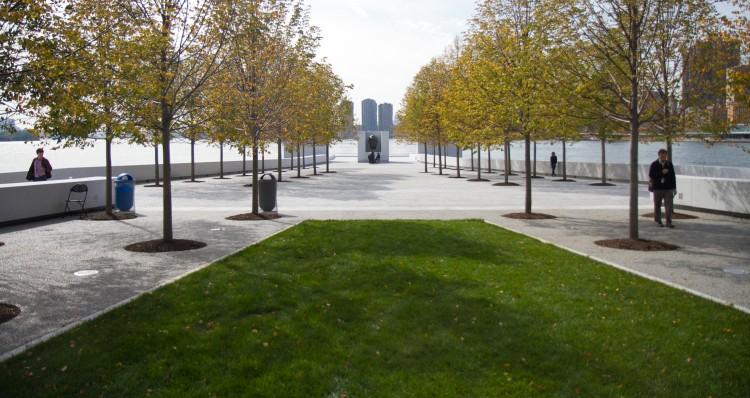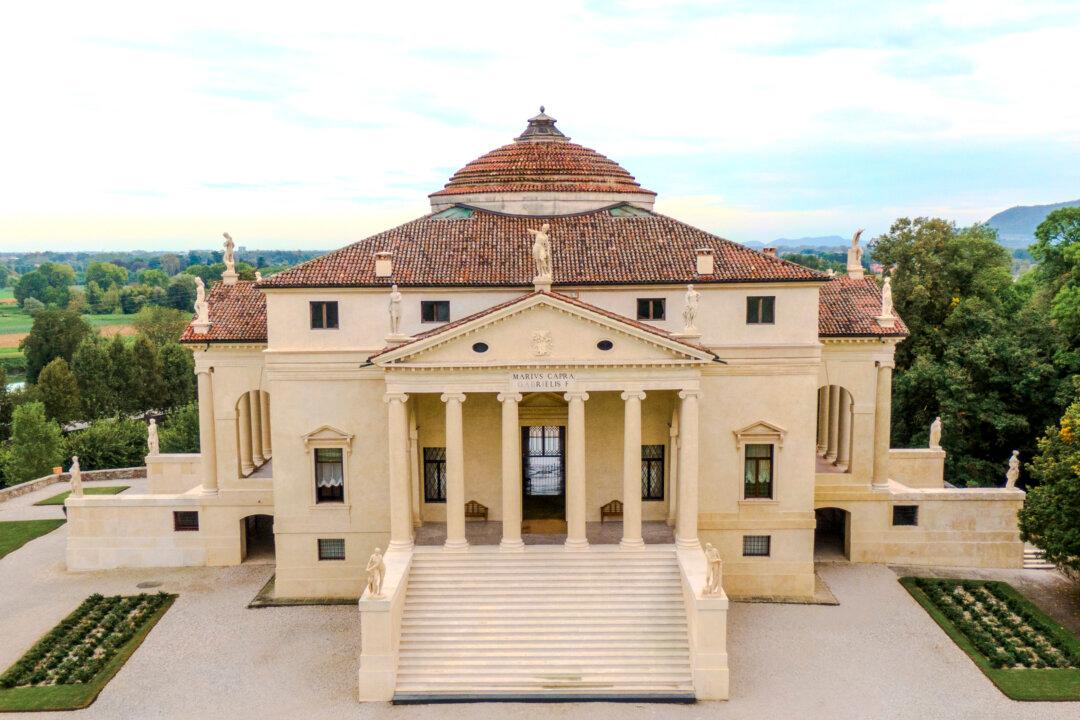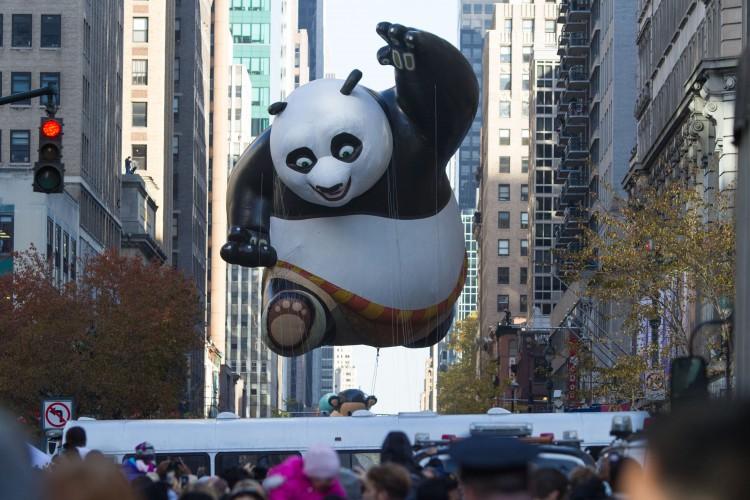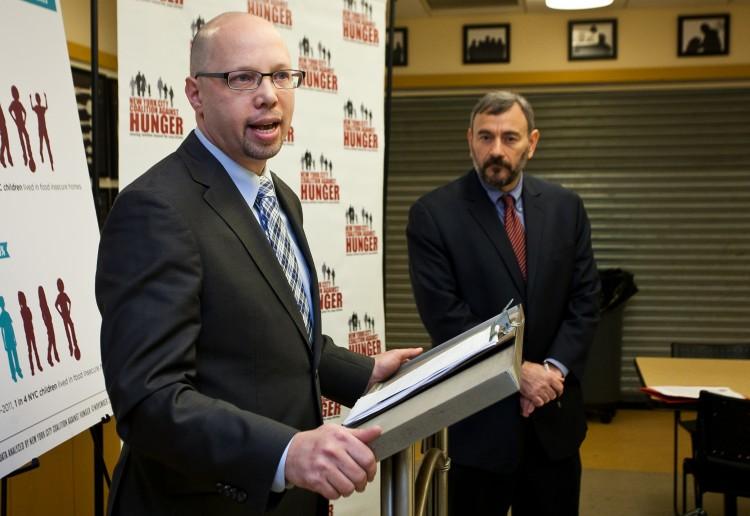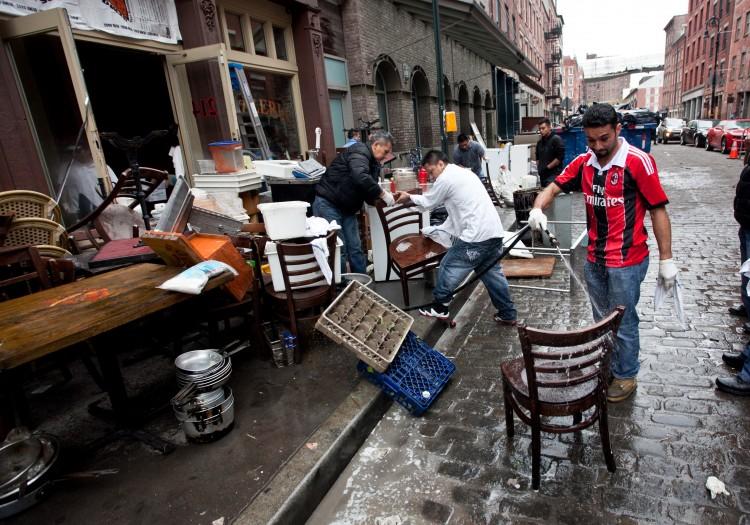NEW YORK—At the southernmost tip of Roosevelt Island, in the East River, the Franklyn D. Roosevelt Four Freedoms Park Dedication Ceremony held Wednesday morning was packed with big names in politics, including former President Bill Clinton, Gov. Andrew Cuomo, and Mayor Michael Bloomberg.
The memorial celebrated the 40-yearlong period it took to finally realize a memorial for U.S.’s 32nd and longest standing president. Designed by architect Louis Kahn in the early 1970s, the park gets its name from Roosevelt’s 1941 State of the Union Address, during World War II. President Roosevelt listed four freedoms now found carved into the white granite of the memorial, including freedom of speech, freedom of worship, freedom from want, and freedom from fear.
“People still come hear from all over the world, seeking the four freedoms,” said President Bill Clinton. He recognized that while people have come a long way in establishing the four freedoms, they cannot be taken for granted. Americans still struggle to find freedom from want and freedom from fear, he asserted.
With the construction of One World Trade Center in the background as Clinton made his delivery, the gathering was reminded of the continuing fear of terrorism that plagues the world. On the same day of the dedication, the FBI intercepted a 21-year-old Bangladeshi man attempting to blow up the New York Federal Reserve Bank.
